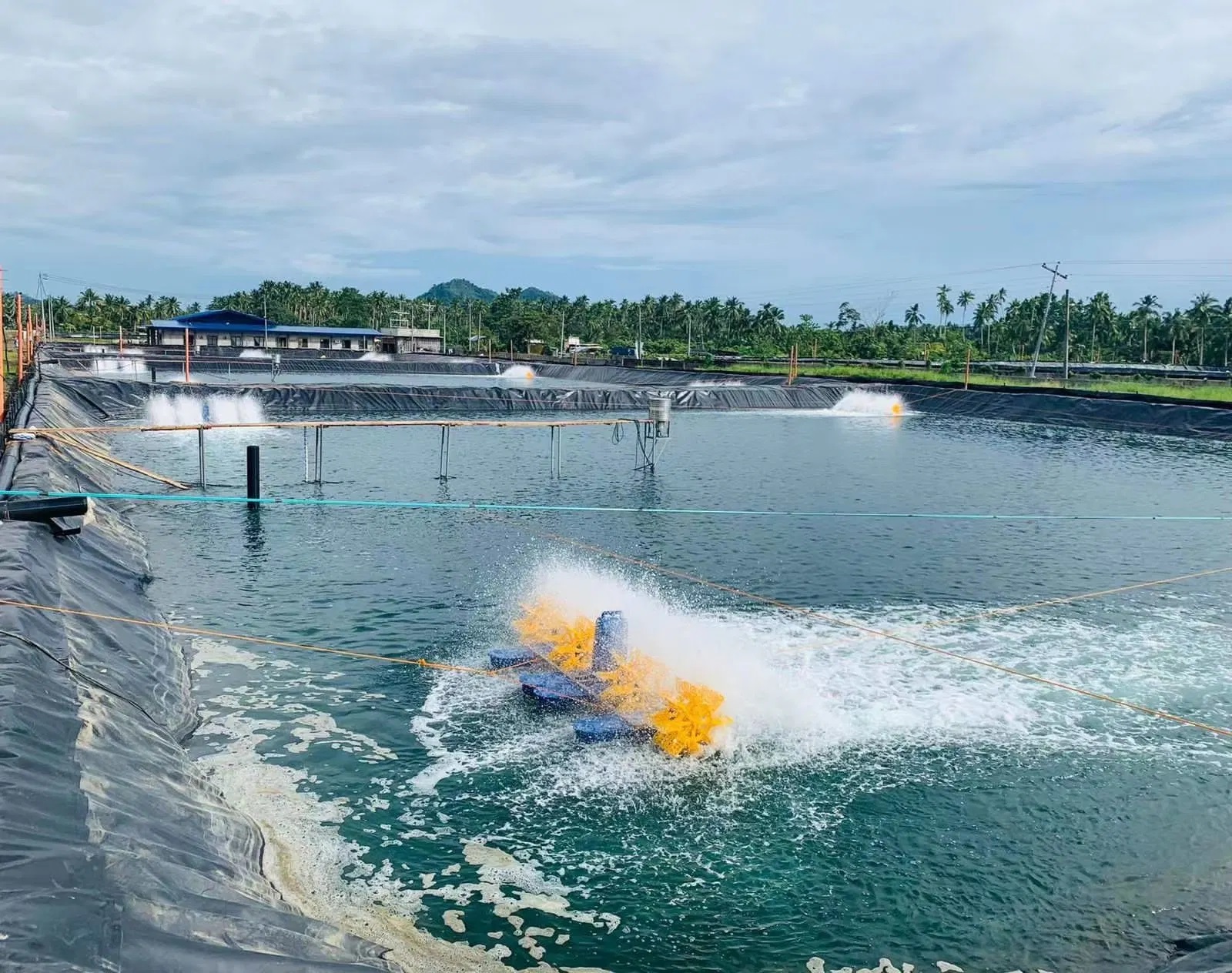What is the UV resistance of HDPE pond liner?
The UV resistance of HDPE (High-Density Polyethylene) pond liners can vary depending on the specific formulation of the material and any additives used during manufacturing. However, in general, HDPE pond liners are designed to be highly resistant to ultraviolet (UV) radiation from sunlight.
HDPE is naturally resistant to UV degradation due to its molecular structure, which consists of long chains of hydrocarbon molecules. Additionally, manufacturers often add UV stabilizers and antioxidants to HDPE formulations to enhance their resistance to UV radiation and prolong their lifespan when exposed to sunlight.
The UV resistance of HDPE pond liners is typically expressed in terms of their service life or lifespan when exposed to direct sunlight. High-quality HDPE pond liners are engineered to withstand UV exposure for several decades without significant degradation, making them suitable for long-term use in outdoor applications such as ponds, lakes, reservoirs, and decorative water features.
It’s important to note that while HDPE pond liners are highly UV resistant, prolonged exposure to intense sunlight can still cause some degree of degradation over time. Factors such as geographic location, climate, and maintenance practices can also influence the rate of UV degradation. Therefore, proper installation, regular inspection, and maintenance of HDPE pond liners are essential to maximize their longevity and performance.
What is the difference between LLDPEand HDPE pond liners?
LLDPE (Linear Low-Density Polyethylene) and HDPE (High-Density Polyethylene) are both materials commonly used for pond liners due to their excellent durability, flexibility, and resistance to chemicals and UV radiation. However, there are some differences between the two materials:
Polyethylene Structure:
HDPE: High-Density Polyethylene has a higher molecular weight and density compared to LLDPE. It is a stiffer material with a crystalline structure, providing excellent tensile strength and puncture resistance.
LLDPE: Linear Low-Density Polyethylene has a lower density and molecular weight compared to HDPE. It has a more flexible structure with fewer branches, resulting in improved elongation and tear resistance.
Flexibility:
LLDPE liners are generally more flexible and conformable to irregular pond shapes and contours compared to HDPE liners. This flexibility can be advantageous during installation, especially in ponds with complex geometries.
HDPE liners are stiffer and less flexible than LLDPE liners. While they may be more challenging to install in ponds with irregular shapes, they offer better resistance to stretching and elongation over time.
Tensile Strength:
HDPE liners typically have higher tensile strength compared to LLDPE liners due to their denser molecular structure. This makes HDPE liners more resistant to tearing and puncturing, especially in applications where the liner is subjected to heavy loads or sharp objects.
Chemical Resistance:
Both HDPE and LLDPE liners offer excellent resistance to chemicals, including acids, alkalis, and other pollutants commonly found in pond environments. However, HDPE liners may have slightly better chemical resistance due to their higher molecular weight and crystalline structure.
UV Resistance:
Both HDPE and LLDPE liners are UV stabilized to withstand prolonged exposure to sunlight without significant degradation. However, HDPE liners may offer slightly better UV resistance due to their denser molecular structure.
Cost:
LLDPE liners are often less expensive than HDPE liners, making them a cost-effective option for pond lining projects, especially for smaller ponds or projects with budget constraints.
In summary, while both LLDPE and HDPE pond liners offer excellent performance and durability, the choice between the two depends on factors such as flexibility requirements, tensile strength, chemical resistance, UV stability, and budget considerations specific to the pond lining project.
Author
-

Founded in 2002, Tinhy's team focuses on the manufacturing, marketing, installation, application and research and development of geosynthetic materials.
View all posts




